Description
Grow your Own Sweet Treats at Home
Mango trees (Mangifera indica) are splendid tropical fruit trees that not only provide delicious fruits but also enhance the beauty of any landscape with their lush foliage. Originating from South Asia, these trees have adapted to various climates worldwide. Mango trees are long-lived, evergreen trees known for their fruit, which varies in size, color, and taste based on the cultivar. They can grow up to 35-40 feet in height in a home garden, though they are larger in the wild.
Caring for your Mango Tree
Growing a mango tree requires patience and care, but the reward of homegrown, juicy mangoes is incomparable. Remember, each tree has its own characteristics and may require slight adjustments in care based on your specific environment.
Light
Plant your mango tree in a location that receives full sun for most of the day. They need at least six hours of direct sunlight to produce quality fruit.
Soil
Mango trees prefer well-drained, fertile soil with a pH between 5.5 and 7.5. If your soil is heavy or clayey, consider planting the tree in a raised bed or amending the soil with organic matter to improve drainage.
Water
Young mango trees should be watered regularly to establish a strong root system. Once established, they are relatively drought-tolerant but benefit from consistent moisture, especially during the flowering and fruiting seasons. Avoid overwatering, as this can lead to root rot.
Fertilization
Mango trees benefit from regular fertilization. Use a balanced fertilizer (e.g., 10-10-10 NPK) during the first year of growth. Afterward, switch to a high-potassium fertilizer to encourage fruiting. Fertilize your mango tree three to four times a year, but reduce fertilization in the winter.
Pruning
Prune mango trees to maintain their shape and remove any dead or diseased wood. This also helps in improving air circulation and light penetration, which are crucial for fruit production. Prune after the harvest or before the flowering season.
Pest and Disease Management
Mango trees are susceptible to pests like mango hoppers, mealybugs, and scale insects. They can also be affected by diseases such as anthracnose and powdery mildew. Regularly inspect your tree and use appropriate organic or chemical treatments as needed. Maintaining good air circulation and avoiding overhead watering can prevent many fungal diseases.

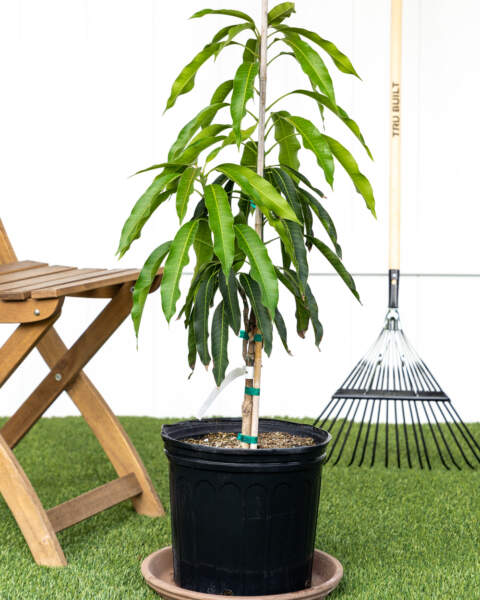
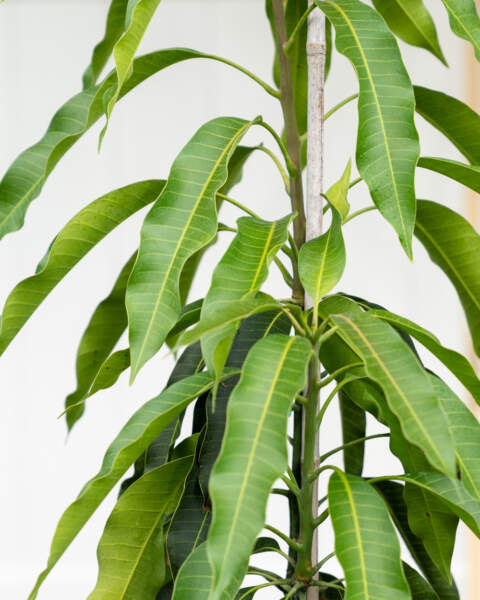


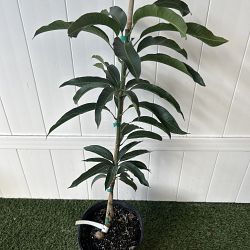
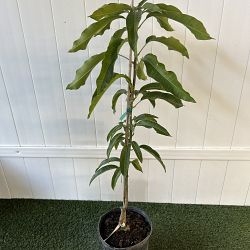
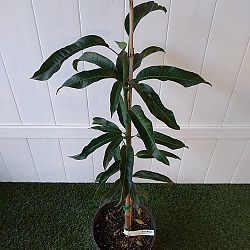
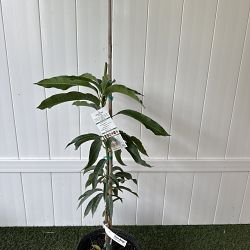


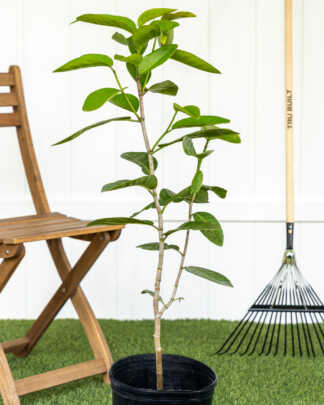
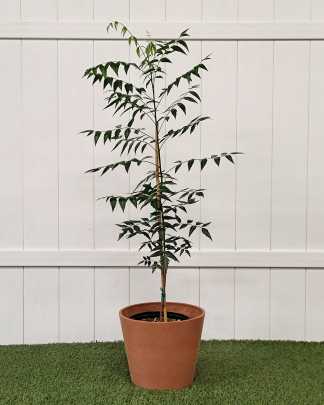
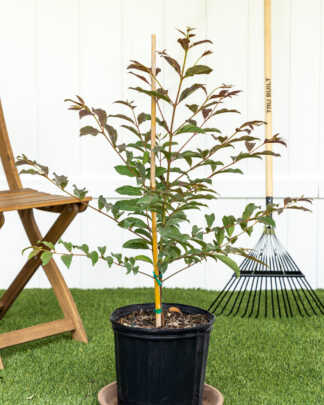
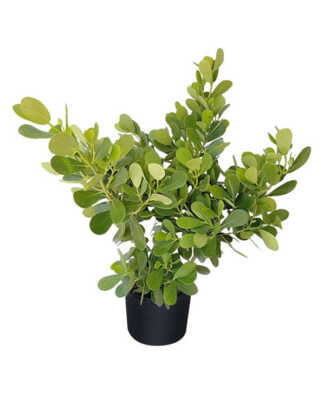
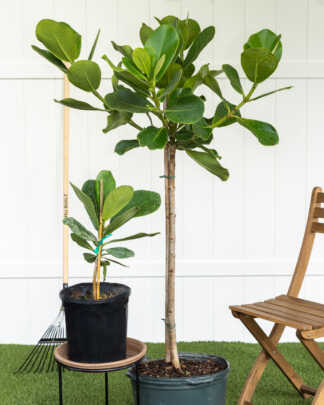

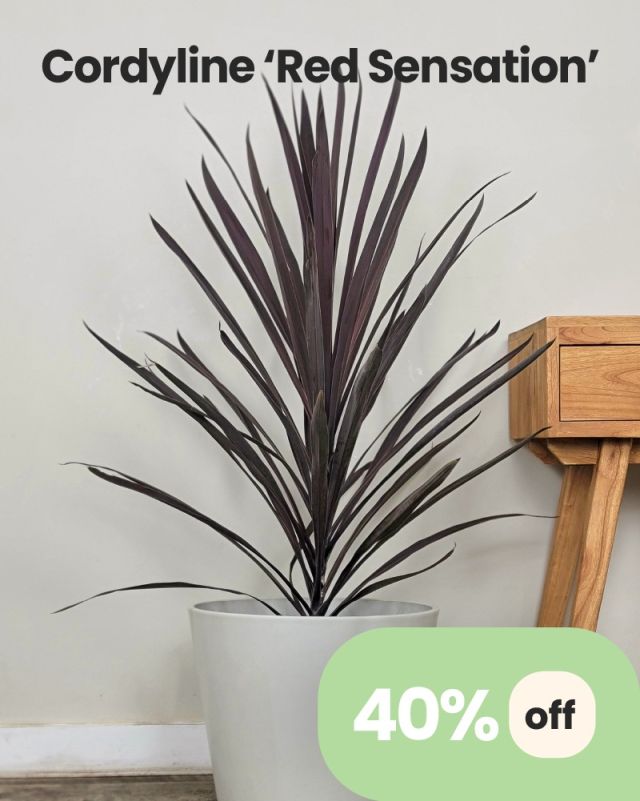
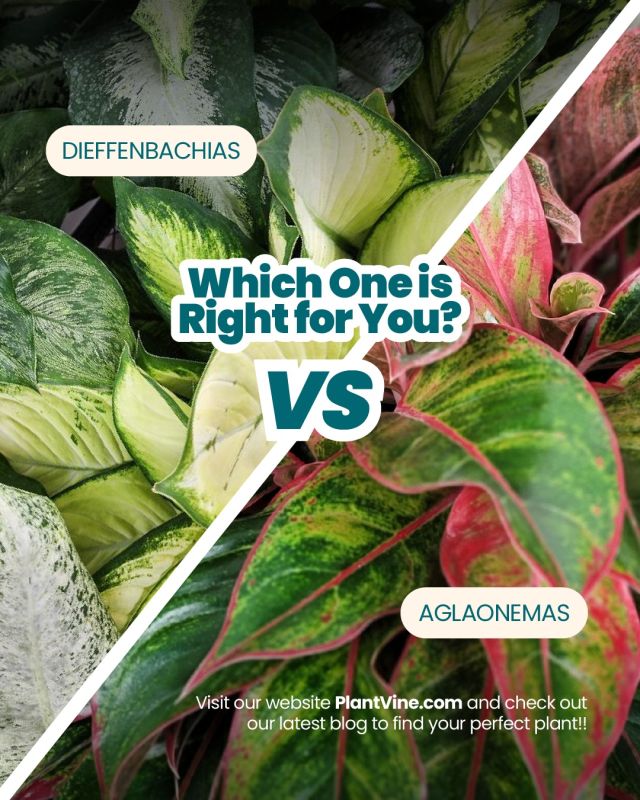

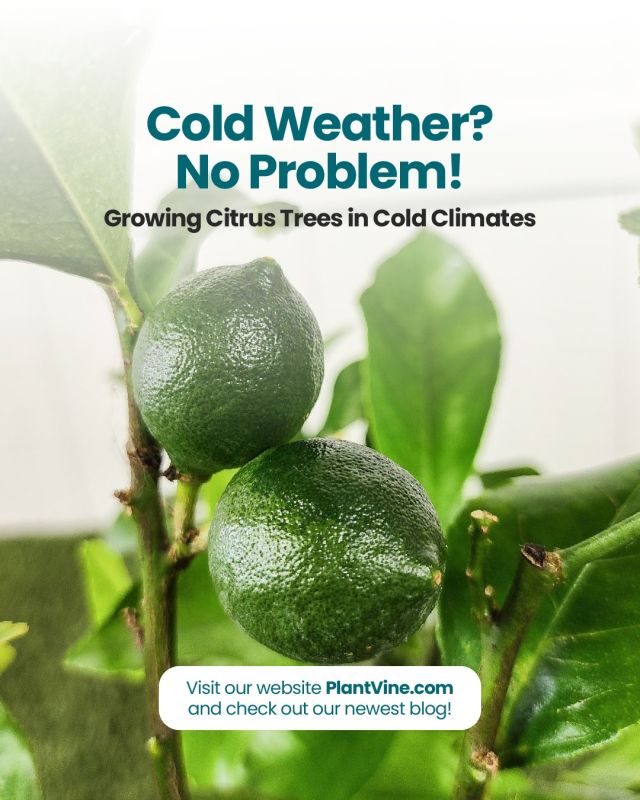


Nathan (verified owner) –
Looks very healthy. Great attention to stabilizing plants for shipment.
Liliana Defago –
How soon will it produce? How many gallons/size? Thank you!
keith vallancourt (verified owner) –
David Munsell –
Does this mango tree grow well in containers?